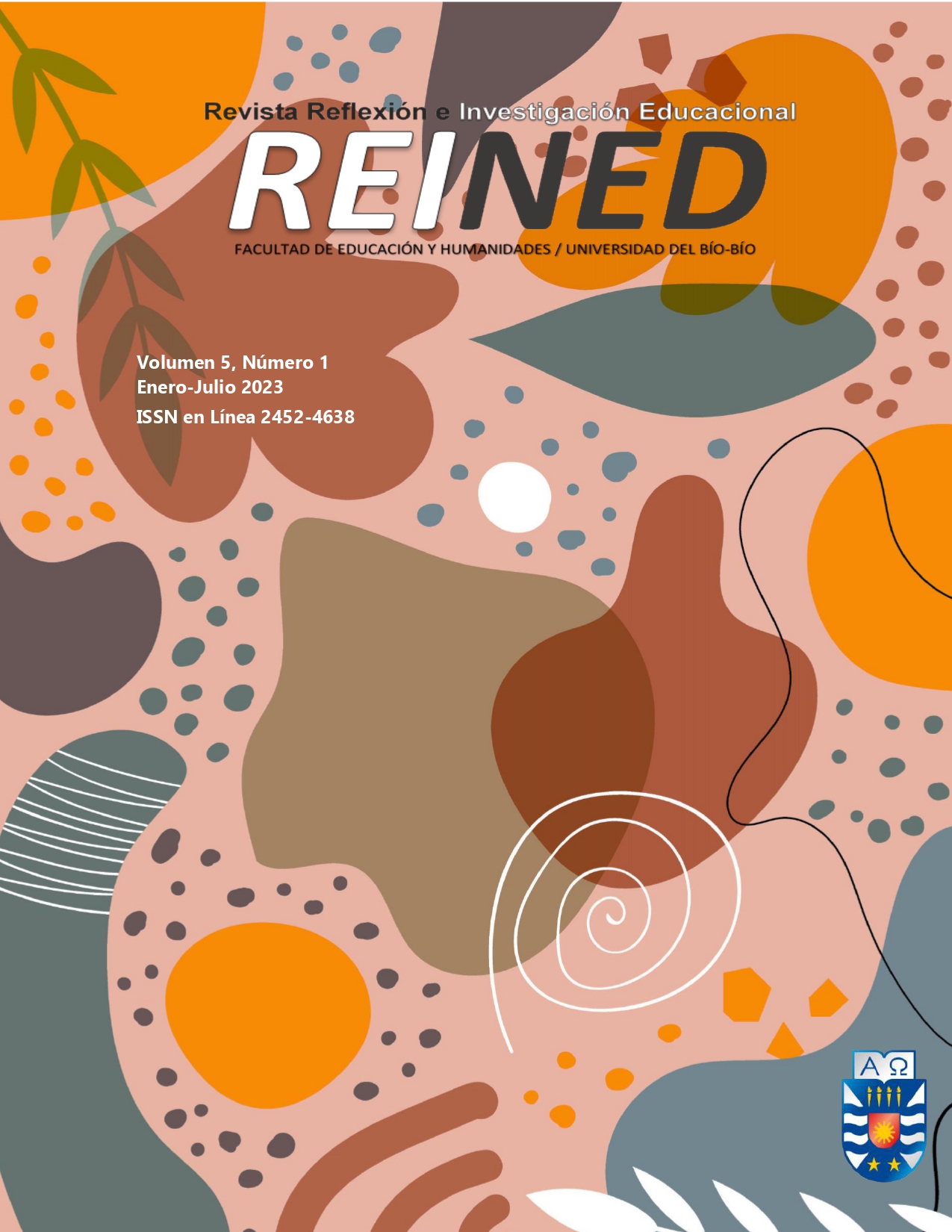Repercusiones de la práctica de la danza folclórica alemana en la vida de un niño con TEA
Contenido principal del artículo
Resumen
El Trastorno del Espectro Autista es caracterizado por la presencia de trastornos del comportamiento resultantes de un trastorno del neurodesarrollo. Se considera importante incluir actividades en la vida cotidiana de estas personas que permitan la práctica social. Entre ellos, la danza alemana oportunista la socialización, fortalece las interacciones grupales. Con objetivo de discutir las consecuencias de la práctica de la danza alemana para niños con TEA, desde la perspectiva de diferentes personas involucradas en este proceso. Bajo un enfoque cualitativo, caracterizada como un estudio de caso. Como instrumento, las entrevistas se realizaron a través de Google Meet. Se entrevistó a tres niños con TEA, tres madres, tres profesores y tres colegas. Los resultados fueron analizados a través de un análisis temático en tres secciones: 1) el significado de la danza folclórica alemana para niños con TEA; 2) impresiones de colegas y familiares; 3) Posibilidades de enseñanza desde la perspectiva de los profesores. La característica de DFA es realizar una secuencia y repetirla dos o más veces en la secuencia. Este hecho, según los coordinadores, ayuda en la memorización de los pasos. En cierto modo, estos movimientos se vuelven "automáticos", es decir, tan pronto como los hemos aprendido, ya no necesitamos "pensar en ellos" para ejecutarlos. El conocimiento se incorpora así. La cognición surge de la corporeidad, la experiencia vivida y la capacidad de los seres humanos para moverse. En conclusión, la danza alemana es una manifestación cultural que permite la participación de niños con TEA, preservando las tradiciones populares y el sentimiento de pertenencia entre los miembros.
Detalles del artículo
Citas
Asociación Americana de Psiquiatría. APA. (2014). Manual diagnóstico y estadístico de los trastornos mentales - DSM-5 (5ª ed., texto traducido). Artmed.
Braun, V., & Clarke, V. (2006) Using thematic analysis in psychology, Qualitative Research in Psychology, 3:2, 77-101 http://10.1191/1478088706qp063oa DOI: https://doi.org/10.1191/1478088706qp063oa
Bröcker, M. (1996). Folk Dance Revival in Germany. The World of Music, 38(3), 21- 36.
Griesi-Oliveira, K., & Sertié, A. L. (2017). Autism spectrum disorders: an updated guide for genetic counseling. Einstein (São Paulo), 15(2), 233-238. https://doi.org/10.1590/S1679-45082017RB4020 DOI: https://doi.org/10.1590/s1679-45082017rb4020
Orestess Franzen, D., Machado Badalotti, C., & Carpes de Chaves, G. (2019). Dimensões da cultura germãnica em Itapiranga (SC): o patrimônio imaterial e sua relação com a identidade, a memória e a tradição. Revista de Historia Social y de las Mentalidades, 23(1), 171-188. https://doi.org/10.35588/rhsm.v23i1.3439 DOI: https://doi.org/10.35588/rhsm.v23i1.3439
Lazzarini, F., & Elías, N. (2022). Historia social™ y autismo: una revisión de la literatura. Revista Brasileña de Educación Especial, 28, https://www.scielo.br/j/rbee/a/xJbTxLYxdpkR7wbdtxM8spr/
Munster, M. (2004). Esportes na natureza e deficiência visual: uma abordagem pedagógica. (2004). 309 f. Tese (Doutorado), Faculdade de Educação Física, Universidade Estadual de Campinas, Campinas.
Passos, A. A., & Teixeira-Machado, L. (2021). The interlacement of expressive body movement of people with disabilities in school environment. Research, Society and Development, 10(8), e48710817588. https://doi.org/10.33448/rsd-v10i8.17588 DOI: https://doi.org/10.33448/rsd-v10i8.17588
Teixeira-Machado, L. (2015). Dançaterapia no autismo: um estudo de caso. Fisioterapia E Pesquisa, 22(2), 205–211. https://doi.org/10.590/1809-2950/11137322022015

